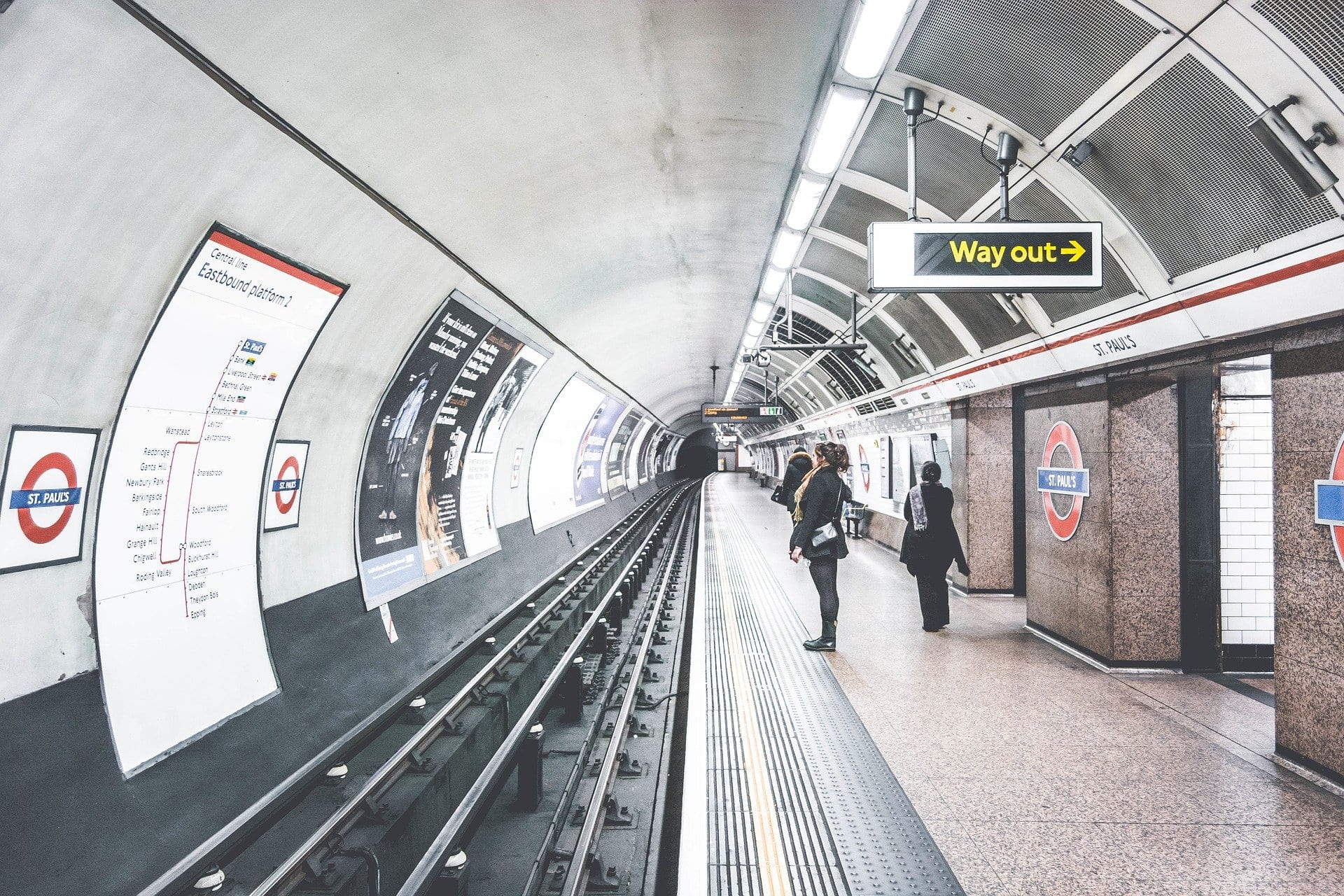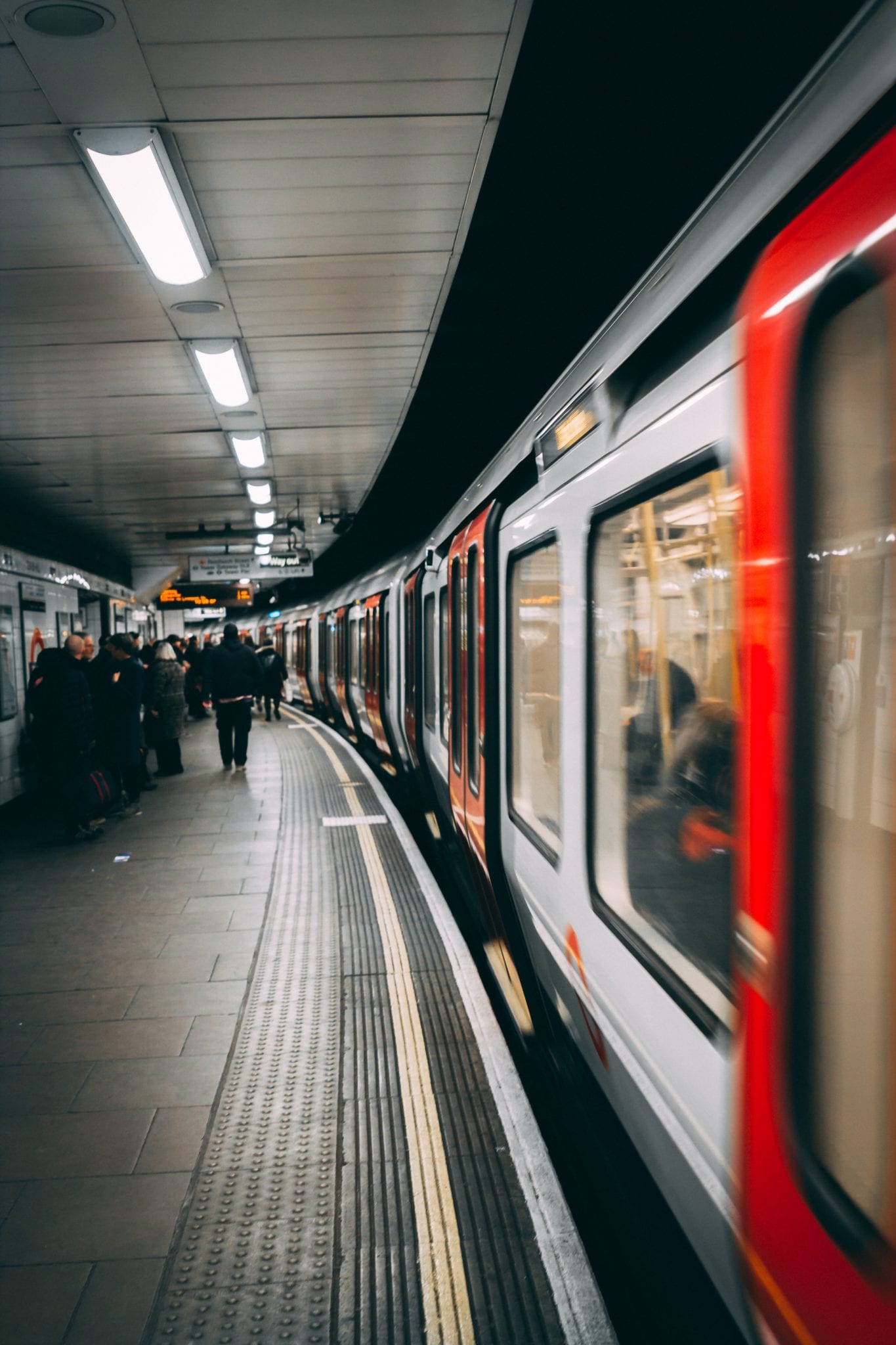Newsletter Signup
Sign up to our newsletter to learn about new programmes, tours, apartments and much more!
The London Underground, known commonly as the Tube, is the oldest rapid transit system in the world, having opened in 1863. Currently, the tube is managed by Transport for London (TfL), and runs 11 tube lines and 4 additional lines. The tube lines are: Bakerloo, Central, Circle, District, Hammersmith & City, Jubilee, Metropolitan, Northern, Piccadilly, Victoria, and Waterloo & City. The additional lines operated by TfL are the Docklands Light Rail (DLR), London Overground, Emirates Air Line, and TfL Rail; which may charge special fares.






























The easiest (and cheapest) way to pay for travel is to use an Oyster card. For a £5 deposit, you’ll be able to use your Oyster card to travel throughout London. Oyster cards can be loaded with cash, which is deducted for each journey, or by weekly, monthly, or annual travel cards. Oyster cards can be purchased at select ticket machines at stations, from ticket windows at stations, or at licenced Oyster providers at convenience stores.
To use your Oyster card on the Tube, simply hold your card against the yellow card reader at the barriers. Remember to keep your card accessible, as you’ll need to do the same thing upon exiting. Note that not all stations have barriers – in these stations you’ll find card readers on the walls, where you’ll be able to tap in and out. Remember to tap in and out every time – failing to tap in could result in a £80 fine, and failing to tap out will result in you being charged a maximum fare (usually several pounds more than your journey should have been charged).
There are some very specific etiquette rules when using the Tube, and knowing some of these will help you avoid the wrath of busy Londoners. Some basic rules are:
The tube is divided up by travel zones, which determines the fare you pay. The zones start in Central London (zones 1 and 2), and spread outwards as you move away from the centre. There are 9 zones in total, and fares increase as you increase the zones. Generally students on our programmes only use zones 1 and 2. For travel outside of these zones, make sure you’ve topped up to cover the additional fare.
The tube only runs 24 hours during Fridays and Saturdays. Outside the weekend, the first services generally start running at around 5:30am, and will run until shortly after midnight. Each station will have the times of the first and last trains posted inside. Check the TfL website for the most up to date fares.